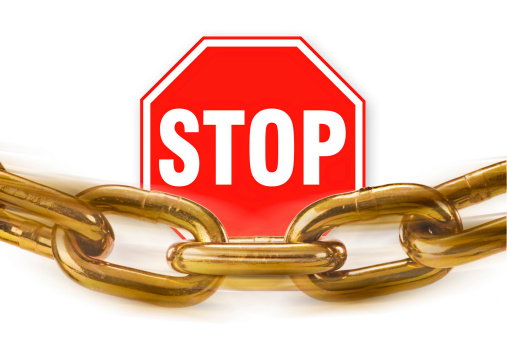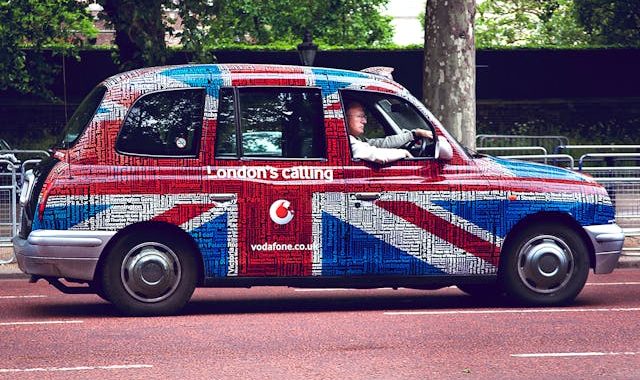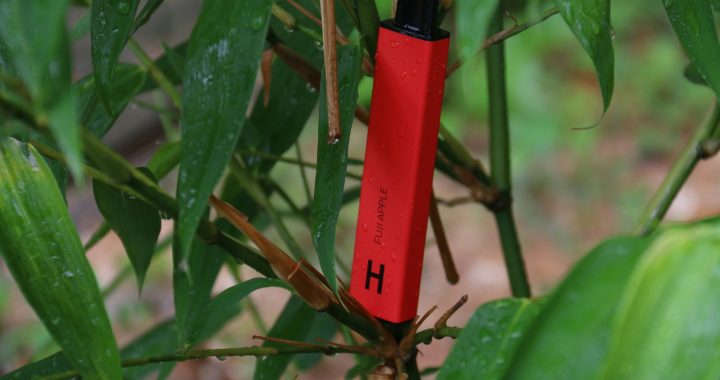No Follow Links in SEO Campaigns
3 min read
Stop.
No follow tags are used by business owners as a way to deter spams on comment sections. Blog owners are aware of this problem and with no follow tags, they can ensure that only sincere commenters will participate. Spams have significantly affected the blogging community. As an example, WordPress and other blog-based CMS include built-in spam prevention feature. No-follow tags are not used only on blogs, but other website types as well, including directories and forums. Any website that allows users to include a link often has no follow tags. In general, no follow tags prevent search engines from following the link and the destination website or webpage won’t obtain the desired SEO benefits.
There are tools that allow us know what types of links that are used. No follow tags will prevent our website from gaining the desired ranking. With proper knowledge, we should know whether we can get the right kind of strategy that will be implemented during the whole operation of our website. There are paid directories and listings that allow the use of do-follow tags, but Google could easily detect these kinds of websites. Relevant do follow tags from reputable and relevant websites are needed to ensure that we have higher rank in search engine results. Although there’s minimal or even zero SEO benefits of getting no-follow tags, we could still gain direct traffic. This is particularly true on social media pages that can go viral.
A common example is that the description box of a YouTube video may include an URL of your website, however Google uses no follow tags on its video sharing platforms. Even so, if our video manages to get 100,000 views; there is a possibility than we get 5,000 visitors; especially if we embed the website URL inside the video. Google may be able to detect whether some webpages get spike of traffic and this could have an effect on the overall ranking. Even if we can only get no follow links, they are still useful if we are still able to direct traffic to our website. No-follow links are essentially one-way streets; but we can use them to get enough traffic in the long run. Facebook and Twitter also use no-follow tags, but they are useful for attracting direct traffic.
The best way to get do-follow tags is by attracting people to create links inside the content. If our content is very interesting, many people would be eager to share it. Link exchange could also be used to obtain do-follow tags; but it is very easy for Google and other major search engines to detect this practce. Three-way links could be used, but it is also possible that Google still can detect this practice, especially if we deal with two websites over and over again. Organic ways for generating do follow links are still the most appropriate. We should know how people would be eager to link to our website and it is a wise decision to encourage people to make links for our website, instead of struggling to make links ourselves.






